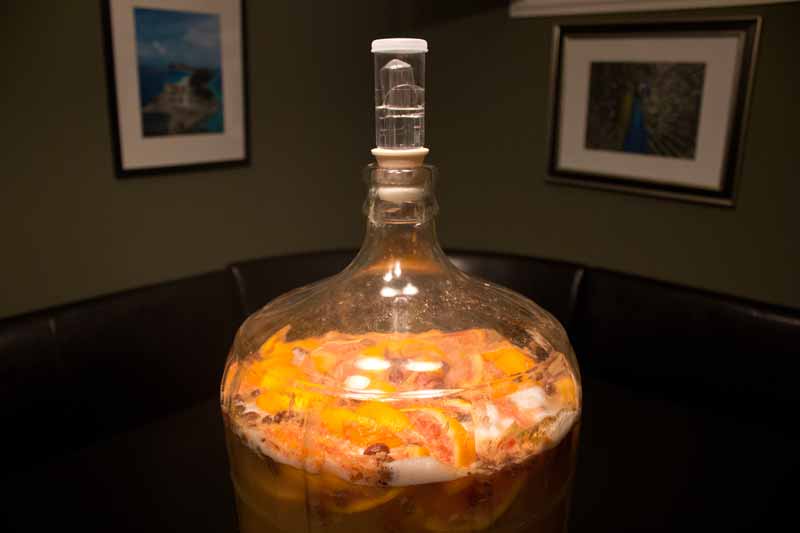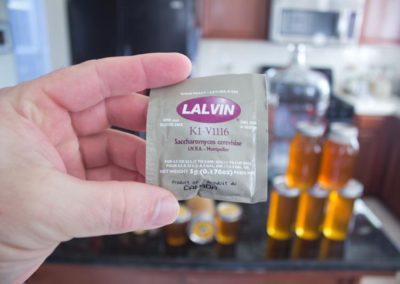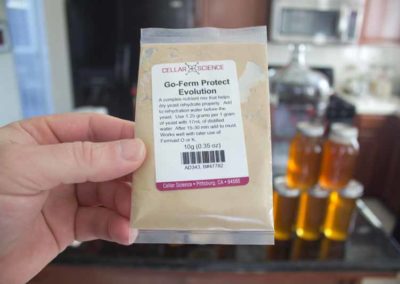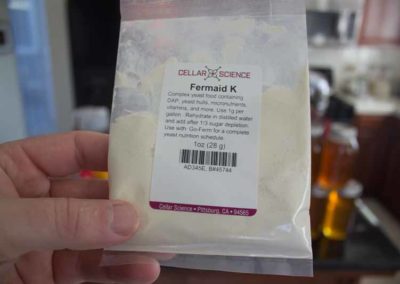Let’s make mead! Now, if you are a mead drinker, I don’ t know for certain if you ever thought about starting beekeeping; However, if you have been a beekeeper for any length of time, I guarantee you have thought about making mead. So, for those of you that are either aspiring mead drinkers or beekeepers, “What is mead?” . It is essentially a wine created from fermenting honey, and according to the Ancient Greeks, it is the “Nectar of the Gods”. Well, that sounds pretty much like the Ancient Greek equivalent of a 3 star on the Michelin Ratings…So let’s mix us up a batch, shall we?
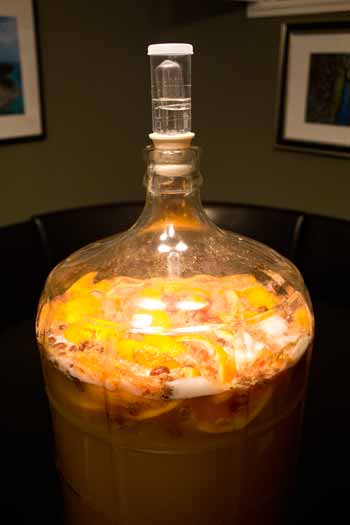 Now, if you want to skip to the chase to make mead, and you probably already did, scoot back up and press play on the video. It will run you through how to make mead by batching up a 5 Gallon behemoth amount. Depending on a few factors, the alcohol content of mead can range up to 18-20%. So a 5 gallon batch ought to pretty much let you lay waste to the livers of anyone attending your next summer barbecue. If you are also into the history of mead, you might also go running around drinking it out of your favorite Viking Ale Horn. That is until someone informs you that it actually just your shoe. All I’m saying is, at up to 20% ABV, have a game plan☺.
Now, if you want to skip to the chase to make mead, and you probably already did, scoot back up and press play on the video. It will run you through how to make mead by batching up a 5 Gallon behemoth amount. Depending on a few factors, the alcohol content of mead can range up to 18-20%. So a 5 gallon batch ought to pretty much let you lay waste to the livers of anyone attending your next summer barbecue. If you are also into the history of mead, you might also go running around drinking it out of your favorite Viking Ale Horn. That is until someone informs you that it actually just your shoe. All I’m saying is, at up to 20% ABV, have a game plan☺.
So, if you’ve joined me after watching the video on how to make mead, or I’ve held your attention so far, read on if you would like to know a bit more about mead and the connection to the honeybee. This still is a beekeeping website you know…
Based on archeological findings, some believe mead to be the oldest form of alcoholic beverage known. So if you were interested in getting your swerve on tens of thousands of years ago, mead was your go to boozy beverage of choice. When the Ancient Greeks described it as the “Nectar of the Gods” it was literally believed that The Gods sent down the drink in the form of dew, and honeybees subsequently collected it. Thanks to Louis Pasteur and the like, you and I get to go ahead and attempt to make a batch directly vs. collecting the mythological dew of “wine wench” honeybees.
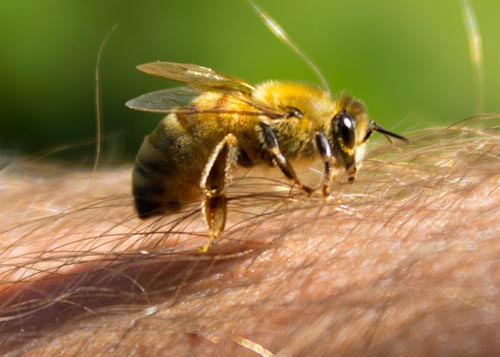 If you are a beekeeper, accidentally making mead, a crappy version anyway, is actually somewhat of a concern. Making mead can be pretty simple, Honey + Water along with the presence of naturally occurring yeasts results in (poor) mead. Those little bee feet probably track in all kinds of naturally occurring goodies, including wild yeast. That is why when you collect honey from your hives, you need to make sure it has “dried out” enough, ~18% water content or less. Luckily, the bees give you a foolproof way of knowing when it is ready, but we’ll talk about that in another post. Anyway, if you collect “wet” honey and bottle it before it has been dried by the bees, you might open up a bottle of booze vs. honey. If your luck is really poor, it might just explode on you from the build up of pressurized gase from the fermentation process.
If you are a beekeeper, accidentally making mead, a crappy version anyway, is actually somewhat of a concern. Making mead can be pretty simple, Honey + Water along with the presence of naturally occurring yeasts results in (poor) mead. Those little bee feet probably track in all kinds of naturally occurring goodies, including wild yeast. That is why when you collect honey from your hives, you need to make sure it has “dried out” enough, ~18% water content or less. Luckily, the bees give you a foolproof way of knowing when it is ready, but we’ll talk about that in another post. Anyway, if you collect “wet” honey and bottle it before it has been dried by the bees, you might open up a bottle of booze vs. honey. If your luck is really poor, it might just explode on you from the build up of pressurized gase from the fermentation process.
Although I have been beekeeping for a few years know, and had been interested in trying to make mead, I had not tried it until now. Frankly, that was because it takes a lot of honey to make mead, and I like honey. However, I recently left some uncovered honey frames in the backyard that were rained on prior to harvesting. Water got into the honeycomb and rather than putting it back on the hives, I thought I’d give mead making a go.
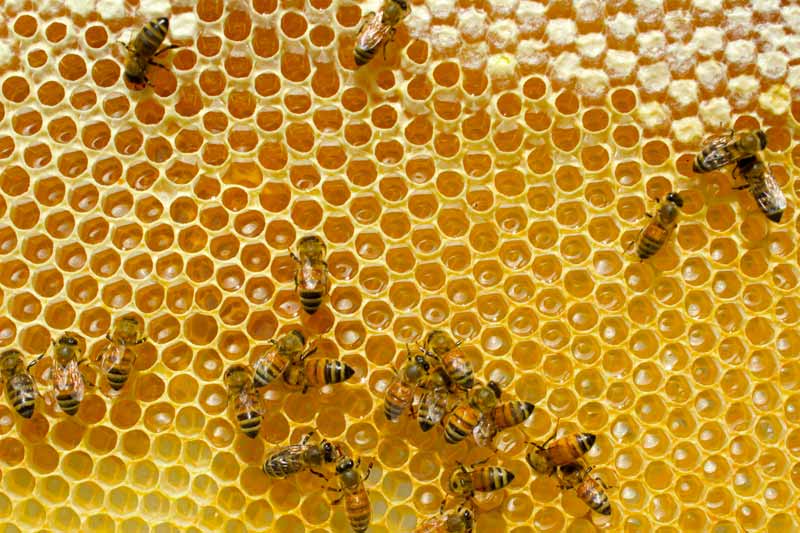
Until having a lot of “wet” honey on my hands, I also hadn’t looked too hard into making mead because I had heard that it took at least a year to make. I wasn’t trying to make a long-term life choice over a beverage; I just wanted to make some for fun. However, I later (hopefully) learned that with certain steps, you could significantly reduce the time involved. The time frame can run from 2 months (on the questionable side of flavor) to 6 months (should be tasty). This depends on quite a few variables, such as honey content, yeast strain used, and fermentation process.
One of the meads that I read about having a reasonable fermentation time was “Joe’s Ancient Orange Mead” recipe, or “JOAM”. It also seemed to be universally reviewed as simple and flavorful while still maintaining a high alcohol content – check, check, and check. I liked those attributes. You can learn a great deal about this recipe and all things brewing at home brew talk
Reportedly improving upon that recipe, was the addition of fermentation aids and nutrients, which help the yeast thrive, and therefore improve the fermentation process. This shortens the timeframe for when you can finally get sloshed with your family and friends, which is good says me. So, I thought this would give me a good chance of actually getting to drink the beverage vs. me forgetting about it in the garage for years and it becoming a mystery liquid on “Storage Wars”. That is likely why archeologists even found the stuff. It takes so long to make people likely buried it to keep it cool and forgot about it.
Any-hoo – I’m a novice on this stuff, but I’ve looked into it enough to say this is a good recipe for novices to start. Hopefully I find that is still the case when I finally get to drink it in a few months.
What You Will Need to Make Mead – 5 Gallons
- A 6 gallon carboy with a bubble airlock, (watch the video) or equivalent such as a 5 gallon food-grade bucket with sealable lid. If you want to track the fermentation process and calculate the alcohol content, you will also need a hydrometer.
- 17.5 lbs of Honey
- 5 oranges
- 5 cinnamon sticks
- 1 cup raisins Clove
- ~8 grams of Ground Cloves
- ~2 grams of Nutmeg
- 5 grams of K1V-1116 Yeast
- ~6.25 grams of “Go Ferm”
- 1oz Fermaid K Packet – follow usage instructions
Watch the video and check out home brew talk and you will be on your way to making your own Ancient Orange Mead. The mead should be ready at around two months. You will be able to tell when it is ready to drink as the mead will stop bubbling and eventually turn clear. Be sure to like our page and share this post, and maybe someone will serve you a glass of delicious mead at the next party you attend. Enjoy!

